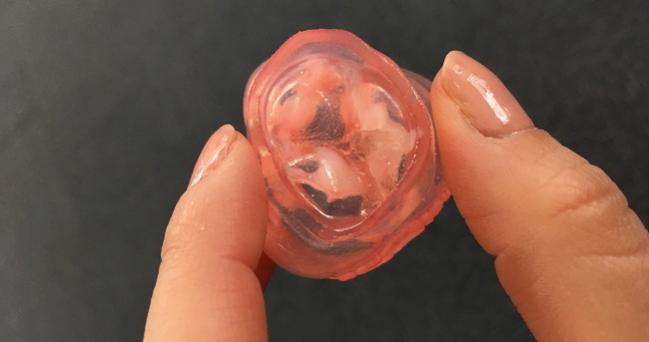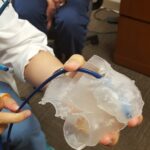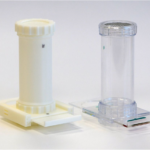

For the millions of people diagnosed with heart valve disease every year, there are a few options for treatment. These include open heart surgery, but some people are considered too high-risk for such a procedure. For these people, transcatheter aortic valve replacement (TAVR) has become the go-to treatment. This less-invasive procedure involves inserting a prosthetic valve to replace the damaged one, but there are still complications that can occur. If the valve doesn’t fit perfectly, it can leak. Paravalvular leak (PVL) can lead to higher mortality rates among these patients, and doctors and researchers are working to find ways to prevent this from happening.
One way to keep PVL from occurring is to make sure that the patient has a valve that fits. This can be difficult as there have been a limited number of sizes in which the valves are available, but some medical professionals have begun using 3D printing and 3D modeling to better customize the procedure to the patient. A new study has been published that examines the effectiveness in using these technologies to treat patients.
“Although we’ve made huge improvements in reducing PVL… there are still significant barriers with some of the self-expandable valves,” lead author Sergey Gurevich, MD, Cardiovascular Fellow at the University of Minnesota, told TCTMD.
“Right now, we rely on valve technology to assist us. But it would be nice to know what to expect, before we go in, to help us with valve selection.”
The study examined six patients who had developed PVL after TAVR for severe calcific aortic stenosis. The researchers used pre-procedure CT scans to create 3D printed models of each patient’s aortic root. The CT scans allowed them to see the location of the calcium build-up, while the 3D printed models allowed them to further evaluate the poorly fitting valves. The 3D printed models were implanted with the valves the patients had received; five patients received a 26 mm valve while one received a 23 mm valve.

The 3D printed models were then re-scanned with CT, and the images were compared with echocardiograms taken from the patients after TAVR. In every case, the fit of the 3D printed model predicted the leak seen on echo, suggesting that if the 3D modeling had been done prior to the initial procedure, the leakage could potentially have been prevented.
The study confirms that 3D modeling and 3D printing are effective ways to personalize valve size, location and placement to lower calcium build-up and prevent leaks.
“We are very encouraged to see such positive outcomes for the feasibility of 3D printing in patients with heart valve disease,” said Dr. Gurevich. “These patients are at a high risk of developing a leak after TAVR, and anything we can do to identify and prevent these leaks from happening is certainly helpful. Like any other new technology, as 3D printing evolves, we hope to see an increase in accessibility and opportunity for the use of this technology to help improve patient care.”
Dr. Gurevich and his colleagues are working on building a library of aortic valve geometries that will be analyzed by computational flow dynamics, in hopes of quantifying the amount of leak anticipated. Once enough data has been compiled, most pre-TAVR modeling can probably be done on a computer, he said, without even requiring 3D printed models. According to Dr. Gurevich, this research may even lead to the development of custom aortic valves for a perfect, patient-specific fit without risk of leakage.
Dr. Gurevich also said that it may be possible to use this type of personalized approach for other structural interventions, including left atrial appendage closure devices and mitral valves. The research was presented this week at the Society for Cardiovascular Angiography and Interventions (SCAI) Scientific Sessions.
Discuss this and other 3D printing topics at 3DPrintBoard.com or share your thoughts below.
[Sources: EurekAlert, TCTMD]
If you're looking to get architectural 3D animation in the USA, our service provides an exceptional way to bring your architectural concepts to life through dynamic, immersive visuals. Through our platform, you can easily request high-quality 3D animations that showcase your designs in motion, offering a detailed view of your project from multiple angles and perspectives. Whether it's for a real estate development, a commercial building, or an urban planning project, our expert team ensures that every detail is captured in a visually compelling animation.
Through our website, you can seamlessly get architectural 3D animation tailored to your project’s specific needs. With our help, you can offer potential clients or investors an engaging experience that goes beyond static images. By integrating CGI animations with real-world settings, lighting, and textures, our team creates a lifelike experience that allows your audience to interact with your project as though it were already built. This service is perfect for presenting complex designs in a clear, visually attractive way that stands out in the competitive architectural market.




